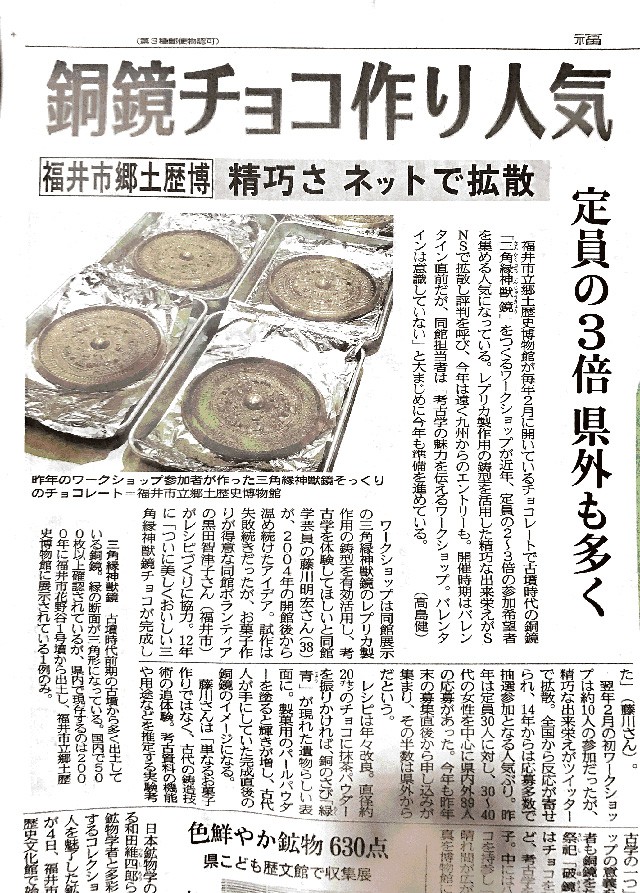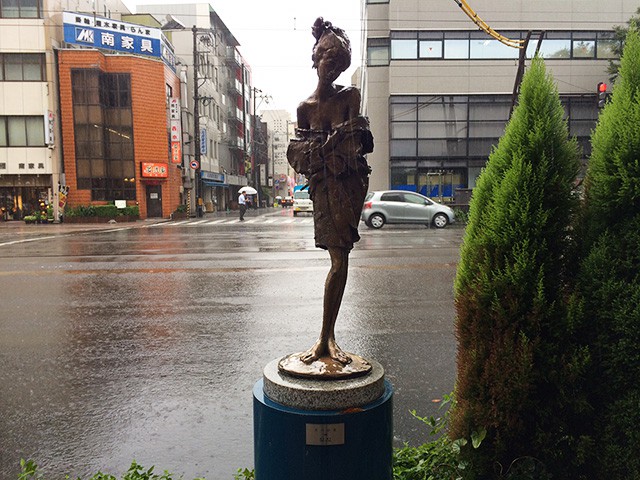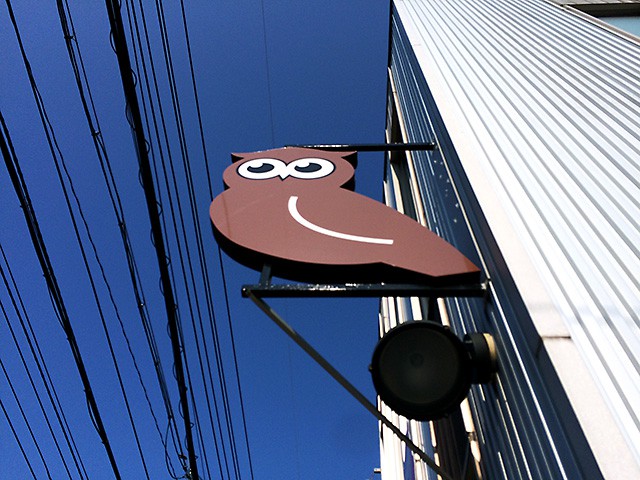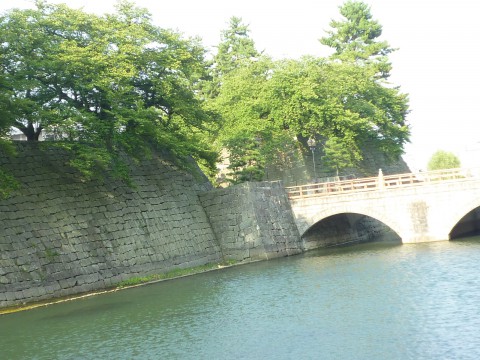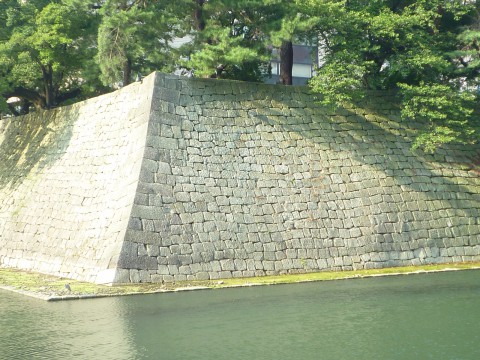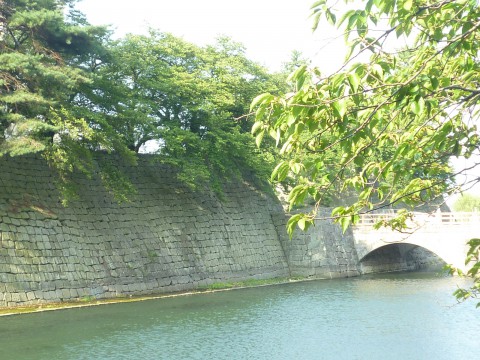Things I found around Kochomon (Natural Arch along Echizen Coast) on Echizen Coast
2017.01.30
I went to Echizen Coast last week. I stopped the car by Kochomon for a while and watched waves. Just watching waves was enjoyable as same as watching the bonfire. It was a little windy but it was pretty warm and the waves were calm for Sea of Japan in winter.
Therefore, I was able to get close to the sea and enjoy watching it.

A baseball was covered with barnacles and looked like a blowfish.
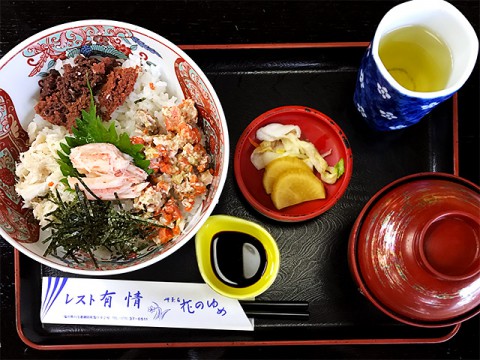
It was around lunch time, so I had a crab meat rice bowl at “Rest Ujou”. “Seiko-crab” is female crab and the name is used in Fukui.
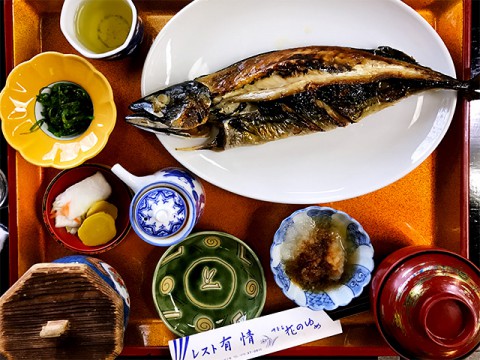
Grilled mackerel set meal the person I went with ordered was plentiful and had an impact. Moreover,
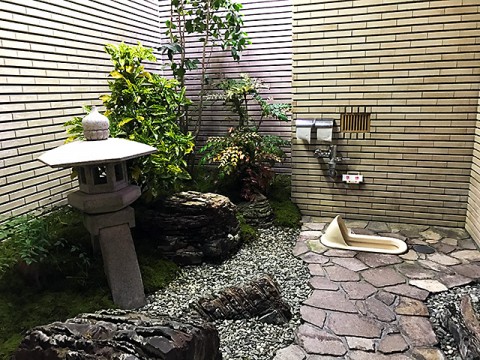
I was surprised at the elaborated bathroom in this restaurant. There was a small garden called Tsubo-niwa in the bathroom. The picture above is Japanese-style toilet (squat toilet).
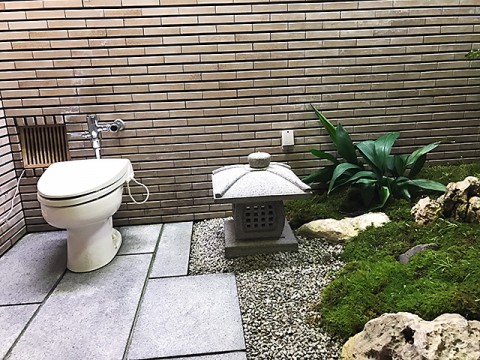
There was a western toilet as well but the garden was the traditional Japanese one.
T.S


